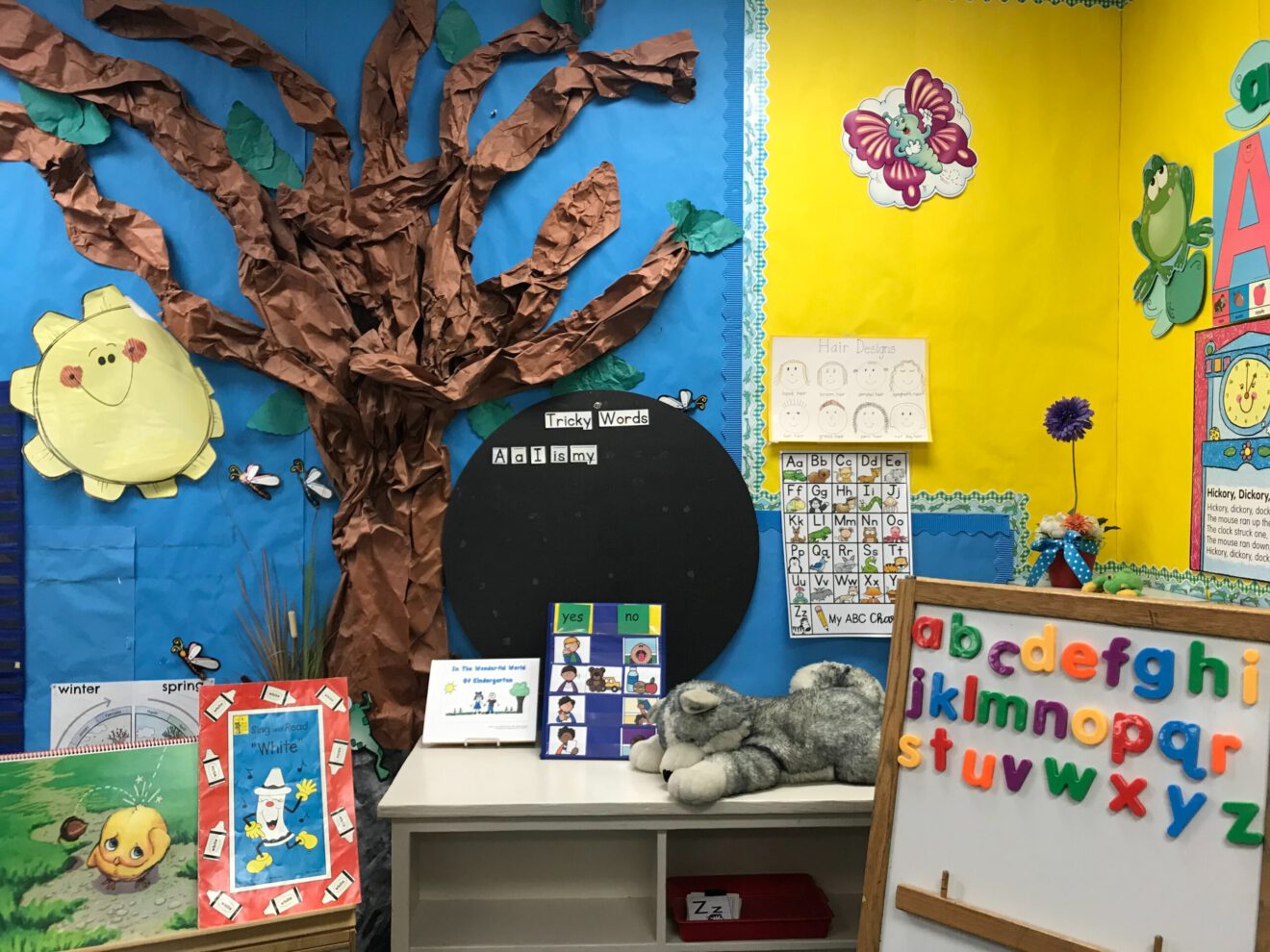
Ever since schools reopened following the closures caused by COVID-19, education leaders have taken a number of different approaches to supporting teachers as they rebuild a sense of community in the classroom. When it comes to classroom management, some school leaders focus on Piaget and the constructivist approach — educational philosophers of 200 years ago that aren’t applicable today. They don’t teach teachers the strategies and techniques of how to redirect kids’ energies.
Based on my years of experience as a teacher and a school director, here are some ways I help my teachers with classroom management.
Meeting on Zoom before meeting in the room
This is something Brooklyn Preschool of Science started doing because of COVID-19 restrictions and kept up because it is incredibly helpful. Before the start of each school year, we give our teachers the opportunities to have Zoom meetings with our families so that they hit the ground running. The teachers can find out the likes and dislikes, the strengths and weaknesses, of each student as a precursor to classroom management. So if Mom says Tyler loves dinosaurs, the teacher could create a center in a corner to focus on keeping that particular student motivated. The teacher also knows that if they need a redirection for Tyler, they can ask him to name a dinosaur for every letter in the alphabet.
Changing the space to fit the class
Every year, every teacher’s group of students is going to be different. What if a teacher has a group of 15 3-year-olds, and 10 of those are so highly sensory-oriented and there’s so much movement in their bodies that it creates chaos when they’re all together?
If a teacher sees this dynamic in the classroom, I make sure they have the opportunity to come to me and say, “They tend to run more than walk from stations. I’m going to put tables in the middle and stagger centers across the walls because it creates a disruption to the flow of the traffic in that room.” As a leader, my role here is not to have every classroom look the same. It is to trust my teachers and help them create classrooms that are the most effective learning environments possible.
Making room for humor in classroom management
One of my teachers says that in his 3-year-old classroom, he’s “70% comedian, 30% teacher.” In preschool, there’s a certain amount of truth to that. We’re not delivering dense lectures about hermeneutics; we’re trying to get a room full of 2- to 4-year-olds to pay attention as much as possible. When they’re laughing, they’re paying attention. And once a teacher has made them laugh once, they’re more likely to keep paying attention to see what funny thing they’ll say next.
This doesn’t mean that classroom management requires a focus on telling jokes: As part of our unit on states of matter, we teach a lesson called “What Is a Fart?” that has humor built into it. Yes, the kids giggle, but they also learn about gas, gas build-up and pressure.
Using technology and nature for redirection
Even the funniest, most engaging teacher needs classroom management tools for redirecting students who are having a moment. For example, a teacher may have a student who doesn’t want to nap. At BPOS, we don’t force children to nap, but it’s mandated that they rest. If a child absolutely refuses to, the teacher can say to that 3-year-old, “How about we 3D-print something?” While everybody else is napping, that child will just sit there watching the 3D printer work, and they’re creating.
Tech can be very therapeutic. If a student is having a moment, working with a robot or a 3D printer completely stops the child from thinking about the moment they’re having or what caused it. Their attention is completely shifted to playful, inquiry-based learning.
Or think about the mindset of a kid with separation anxiety. If Ryan is crying because he’s thinking about Mommy, the minute Ryan stops thinking about Mommy, Ryan will stop crying. Or maybe there’s a situation where one student wants a toy but another student has the toy. The first student is just thinking about that toy and crying for that toy.
Now, what if the teacher redirects this child’s energy in the simplest way? Maybe they could say, “Nobody has helped me feed the bunny yet. Do you want to help me feed the bunny?” Now we’ve redirected the energy, and he’s feeding the bunny.
Successful, joyful classroom management is not about following one strict philosophy or classroom map. It’s about knowing your teachers and giving them every opportunity to know their students and families.
Carmelo Piazza is the executive director/educational director of Brooklyn Preschool of Science. He can be reached at [email protected].
Opinions expressed by SmartBrief contributors are their own.
_________________________
Subscribe to SmartBrief’s FREE email ASCD newsletter to see the latest hot topics in education. It’s among SmartBrief’s more than 250 industry-focused newsletters.
